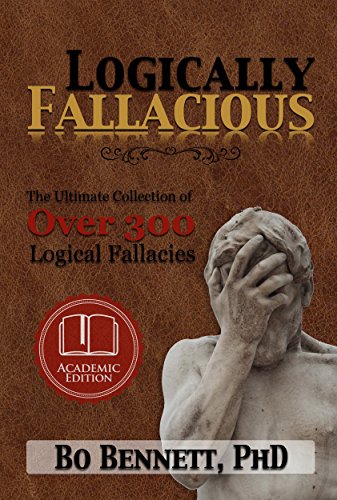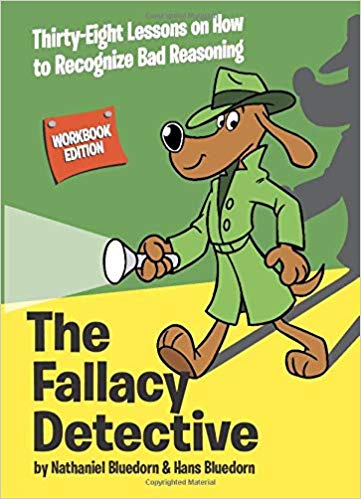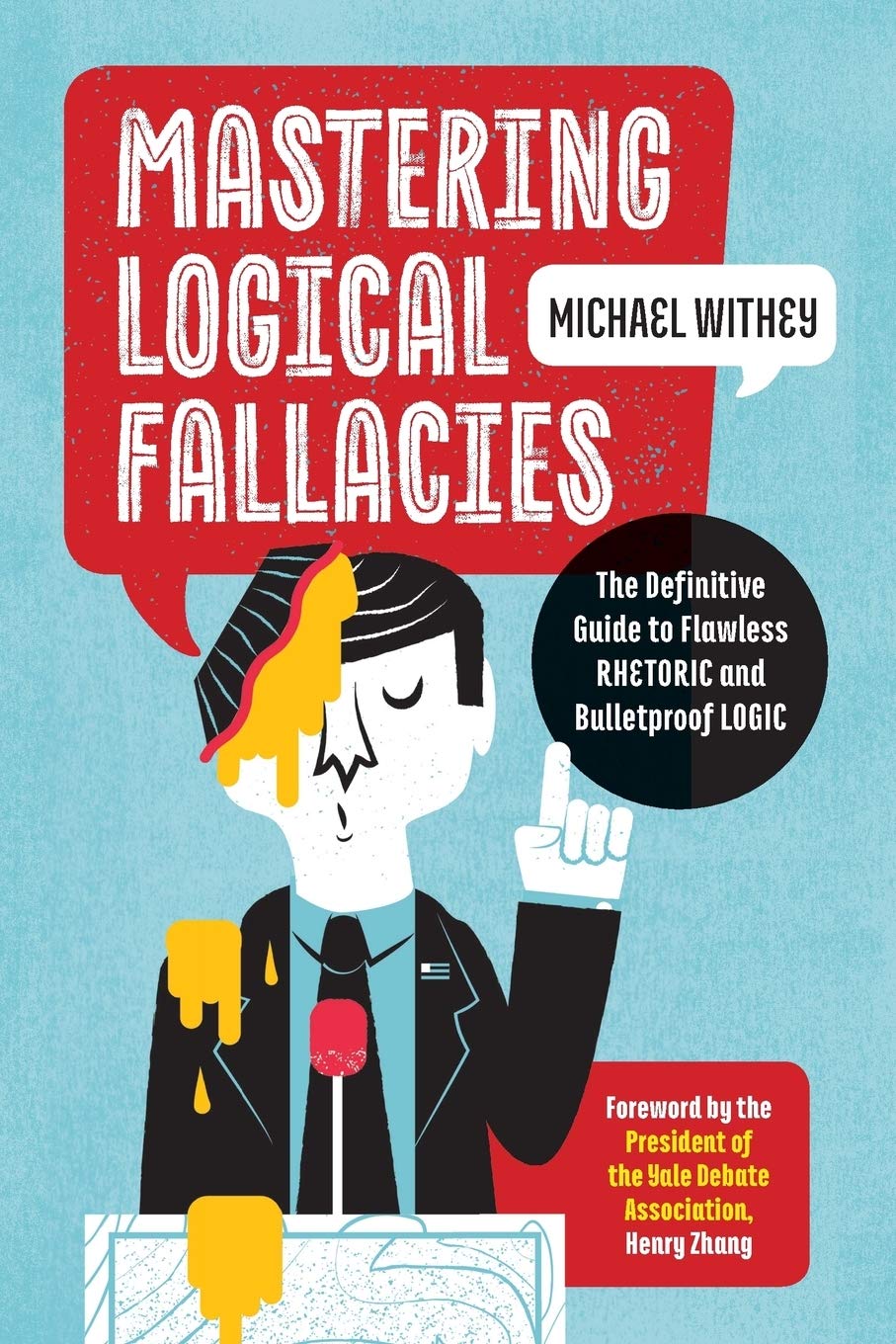
Circular Reasoning
The fallacy of circular logic occurs when the one reasoning begins with a claim they are trying to conclude with.
Example of Circular Reasoning
- Whatever is less dense than water will float, because such objects won't sink in water.
- Women should be able to have abortions, so abortion should be legal and easily available.
Alternative Name: Circulus in Demonstrando

Books About Logical Fallacies
A few books to help you get a real handle on logical fallacies.





Circular ReasoningExtended Explanation
Circular reasoning is a logical fallacy in which a person begins with a conclusion and then uses that same conclusion as support for their argument. This type of reasoning is also referred to as “begging the question” or “assuming the initial point”. It is a fallacy because it does not provide any new evidence or information that could help to support the argument.
Circular reasoning usually involves a person making a statement and then using that same statement as evidence to support the conclusion. For example, someone might say, “This restaurant has the best food in town because everyone I know loves it.” This statement is an example of circular reasoning because it does not provide any evidence to support the opinion that the restaurant has the best food in town. It simply uses the opinion of others as proof that the restaurant is the best.
Circular reasoning can also occur when a person uses their own beliefs or opinions as proof of their own argument. For example, someone might say, “God exists because the Bible says so.” This statement is an example of circular reasoning because it does not provide any new evidence or information that could help to support the argument. Instead, it simply uses the Bible as evidence for the existence of God.
Circular reasoning can also occur when a person uses a definition to define itself. For example, someone might say, “A triangle is a three-sided shape because it has three sides.” This statement is an example of circular reasoning because it does not provide any new evidence or information that could help to support the argument. Instead, it simply uses the characteristics of a triangle to define what a triangle is.
In summary, circular reasoning is a logical fallacy in which a person begins with a conclusion and then uses that same conclusion as support for their argument. It is a fallacy because it does not provide any new evidence or information that could help to support the argument. Examples of circular reasoning include using opinions or beliefs as evidence, using a definition to define itself, and using the same statement as evidence to support a conclusion.